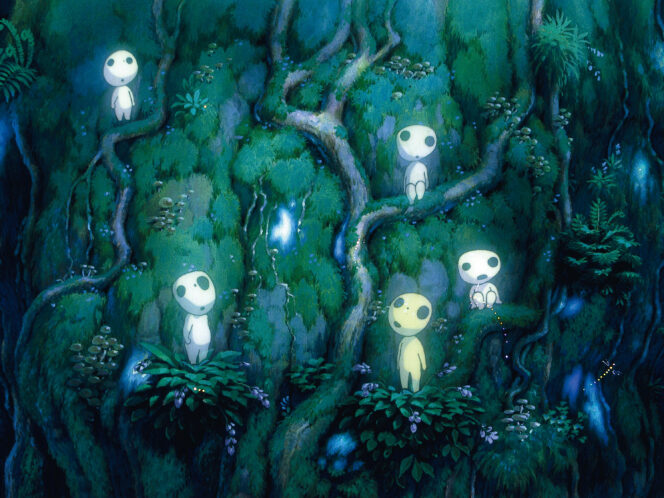
In the culture of East Asia, foxes are credited with the ability to assume human form, most often that of a beautiful woman. But what lies behind these beliefs?
In March 2022, in Tochigi Prefecture to the north of Tokyo, the Sessho-seki stone––or “Killing Stone”––split in two. According to local tradition, the stone would kill anyone who touched it. Japanese netizens trading scare stories on Twitter revived another legend related to this special place, according to which the body of the notorious heroine Tamamo-no-Mae metamorphosed into a rock fragment. This demonic woman, possessed by the spirit of a nine-tailed fox, was the mistress of Emperor Toba, the ruler of 12th-century Japan. Enchanted by his courtesan’s charm and intelligence, the emperor began to lose his life-giving strength. He was saved from death by a Buddhist astrologer who exposed the true “foxiness” of the king’s mistress. According to one version of the story, the fox was said to have appeared previously in India, and also to be the incarnation of the cruel Daji, the wife of the Chinese ruler Zhou, who was enamored with mass executions. Beguiled by her charm and keen to satisfy his wife’s whims, Zhou made a series of bad decisions, which ultimately led to the fall of the kingdom and the Shang dynasty. Now,








